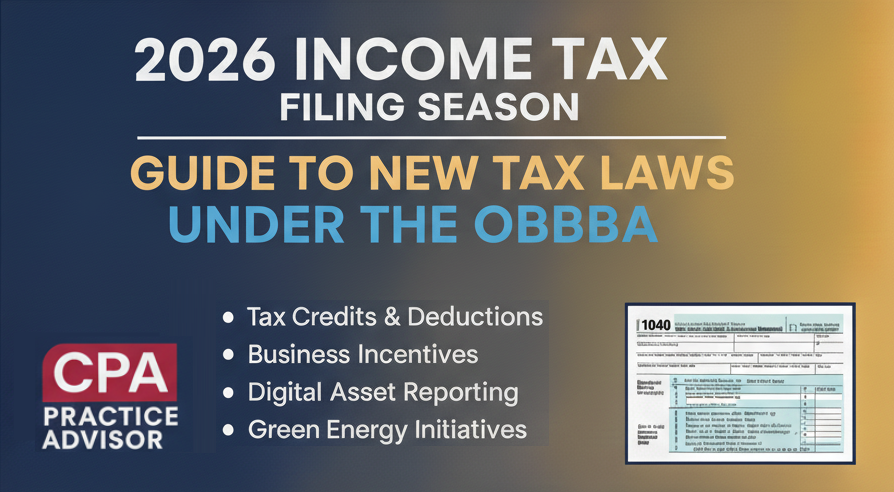With the beginning of the year upon us, it may be time to review your current estate plan. In 2018, the estate tax exclusion was raised to $11,180,000. With portability that amount is doubled to $22,360,000. In 2019, the amount is increased to $11,400,000, with portability the amount is doubled to $22,800,000. Therefore, most clients are not subject to the estate tax. Coupled with the estate tax, the gift tax amount was raised to $15,000. If you are married and elect to split your gifts, that amount is doubled to $30,000. However, with the estate tax threshold so high, it doesn’t mean that basic estate plans need to be reviewed, and year end gifts needs to be made.
Everyone needs an estate plan. If it is as simple as a will, or revocable living trust (RLT) there can be planning that can be done. For example, in regards to a RLT, it is common to have appreciable assets as the corpus of the trust. For example, let’s say you bought IBM stock 30 years ago for $15 a share. You own 100 shares. When you give a gift, the basis of the gift, is what the goes against the gift tax limit. You could give away all of your IBM stock, which you have a basis of $15,000, and not go over the gift tax limit. The only problem is when the gift is completed, the giftee will pick up your basis in the security, and when sold, they will have to pay capital gains of either 0%, 15%, or 20% on the sale. However, it is a good way to remove assets from your estate.
Another way to remove to remove appreciable assets from your estate, get a tax deduction, and get some money back is a Charitable Remainder Trust (CRT). With a CRT, you donate certain assets—often highly appreciated or non-income-producing—to the trust, which makes at least an annual payout back to you or to another noncharitable beneficiary for the term of the trust. You choose the time period, which can be for your or someone else’s lifetime or up to a 20-year term. When that time is up, the remaining assets, as well as any appreciation generated, go to the charity or charities selected. One significant advantage of a CRT is that you can fund it with highly appreciated property, such as stock or real estate, and sell those assets within the trust without paying capital gains taxes. This way, the trust gets the full fair market value of the assets, which means more for the charity and the noncharitable beneficiary. Not to mention, you receive a charitable tax deduction.
Generally, once you fund a charitable trust, these assets are out of your estate for estate tax purposes. This may not only reduce the amount of tax your estate has to pay upon your death, it may preserve money for your heirs. If a contribution to a CLT occurs upon the death of the donor, the donor will be eligible for an estate tax deduction for the value of the interest paid to the charity.
If you plan to give substantial assets to charity but still want to provide additional resources for your heirs, you might consider using a CRT to help fund the purchase of life insurance. Using this strategy, a donor could contemporaneously set up a CRT for charitable giving, and purchase life insurance [covering his or her life], using the income stream from the CRT to pay the life insurance premiums. Essentially, you are making one set of assets both fund your charitable intentions (with the remainder) and provide for your heirs (with the life insurance policy). Typically, the life insurance policy is structured so it is owned by an Irrevocable life insurance trust (ILIT).
Life insurance policies on their own are added to your taxable estate. However, if the life insurance is in an ILIT, it removes the policy from your taxable estate. The insurance policy is removed because it is in an Irrevocable Trust, meaning that you have no control over the policy.
If estate taxes are of no concern to you, you still need to do some basic estate planning. If something were to happen to you and you don’t have a will or trust, your estate will die as what is known as intestate. Your estate will go through a probate process, which varies between states. Probate hearings are made public and your creditors are notified. Your assets will pass the way the judge decides, in accordance with your state law.
A will is one way to pass assets, however, a when you have a will you die as what is known as testate. A will goes through the same probate process, and can be contested by anyone. Your assets may not be passed in accordance to your wishes.
A revocable living trust (RLT), is a legal document. Revocable means it can be changed, living is because you are alive, and trust is a legal document. A trust is made up of three parties. You have the Trustmaker or Grantor, this is the person making the trust, then you have the Trustee, this is the person that controls the assets of the trust. During your lifetime, you are the trustee, and when you die, you name a contingent trustee that will follow the trust document. The final party to a trust is the beneficiaries. These are the people or entities that will inherit the assets.
The one important thing about a RLT, is that your assets pass by way of law, and do not go through a probate process. In addition, you can put restrictions on how the beneficiaries inherit the assets. For example, if you are leaving your assets to a minor, you can state in the trust document that they will receive a portion of the assets at a certain age, then another portion at another age, and so on. Further, it is common to put a drug and alcohol provision in the trust document. That means if the intended beneficiary is on drugs or alcohol they will need to take certain steps to inherit the assets. One important thing about a RLT is that it doesn’t remove your assets from a taxable estate, if applicable.
Another document you should consider is either a living will, or a healthcare surrogate. If you become incapacitated, you would want something in writing stating what your wishes are.
Even though the estate tax doesn’t affect many people anymore, you still need a basic estate plan.
Thanks for reading CPA Practice Advisor!
Subscribe Already registered? Log In
Need more information? Read the FAQs




